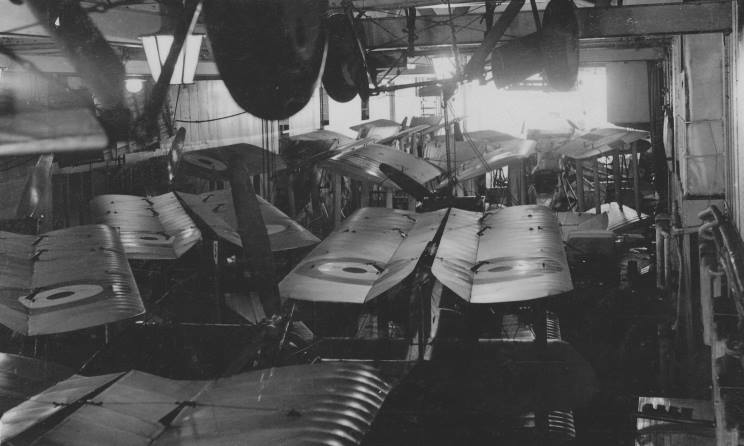MatthewB
Banned
Which is near useless when your opponent won't fight your rules. If a 10,000 lb. Hellcat is diving at me, I want armour and escape speed.One thing to keep in mind is that the Zero was optimized for low speed maneuverability.
Which is near useless when your opponent won't fight your rules. If a 10,000 lb. Hellcat is diving at me, I want armour and escape speed.One thing to keep in mind is that the Zero was optimized for low speed maneuverability.
Really the A7M should have been specified in early 1941 and entering service for Midway in summer 1942. The IJN only had to look at Europe and see the rapid advancement in fighter aircraft from early 1939 when the A6M prototype flew to 1941 to know the Wallies were not sitting still. I wonder if the Japanese were themselves stuck in the Wallies’ mentality of the Zero’s invincibility.
I suppose one could argue that Britain and Germany’s primary fighter from 1939 to 1945 was the Spitfire and Bf-109. So, perhaps I’m being unfair criticizing the IJN for keeping A6M for so long without a replacement. However, a Sptifire or Bf-109 in 1945 was vastly different than one in 1939, with even the 1941-43 models advancing significantly. Was a A6M in 1943 better than one in 1941?Germany was similarly in a design funk from 1941 until 1944. Neither Germany or Japan in 1941 was planning for a long war after all.
Yes, the A6M underwent many revisions. From what I've read, the general problem was developing and producing more powerful engines that scaled with the size limitations impressed on them by carrier operations.I suppose one could argue that Britain and Germany’s primary fighter from 1939 to 1945 was the Spitfire and Bf-109. So, perhaps I’m being unfair criticizing the IJN for keeping A6M for so long without a replacement. However, a Sptifire or Bf-109 in 1945 was vastly different than one in 1939, with even the 1941-43 models advancing significantly. Was a A6M in 1943 better than one in 1941?
IIRC, and I may be way off, the Wildcat was originally going to be replaced by Hellcats even on the escort carriers. But the Hellcat grew and got heavier during design and ended up being too large for the Jeep Carriers.The F4F Wildcat had a similar development story. It was kept in services because it was able to be deployed from escort carriers, but didn't see much development past a late 1942 engine upgrade with the FM-2.
The Avenger/Tarpon operated from CVEs. I’d think the Hellcat would be fine.IIRC, and I may be way off, there Wildcat was originally going to be replaced by Hellcats even on the escort carriers. But the Hellcat grew and got heavier during design and ended up being too large for the Jeep Carriers.
The stall speed of a TBD Avenger is 66 MPH and FM-2 is 67 MPH while the F6F-3 is 86 MPH and 89 MPH on the F4U. I think it's pretty clear why you didn't operate the latter from tiny CVE flight decksThe Avenger/Tarpon operated from CVEs. I’d think the Hellcat would be fine.
Interestingly, the FAA didn’t operate Corsairs from its CVEs, IIrC.
Looks like I was looking at the Marines's version of the F4U... Post war F4U-5 has a much more reasonable 71MPH landing stall speed. Likewise, the Grumman was able to get the F6F-3 landing stall speeds down to 75 MPH by May 1944.The Royal Navy operated Hellcats from escort carriers and the USN operated Corsairs off escort carriers off Korea.
IIRC, and I may be way off, the Wildcat was originally going to be replaced by Hellcats even on the escort carriers. But the Hellcat grew and got heavier during design and ended up being too large for the Jeep Carriers.


Folding wings add weight and complexity to an airframe. Fixed wings give you slightly improved performance, faster build times and less maintenance.Getting back to A7M, why no folding wings? Surely Midway showed them that they needed faster CAG turnaround and more aircraft.
The Wildcat is the ideal carrier fighter for the RN. Compact for tight hangars of the early light carriers (Hermes, Eagle, Argus) and tough for the rest. They really should have been license building them in 1940.
License-built ones could have started with folding wings from the onset. I’m sure Grumman has technical drawings for the wing fold that would have been provided to the British.Folding wing Wildcats weren't ready to fly until late 1941.